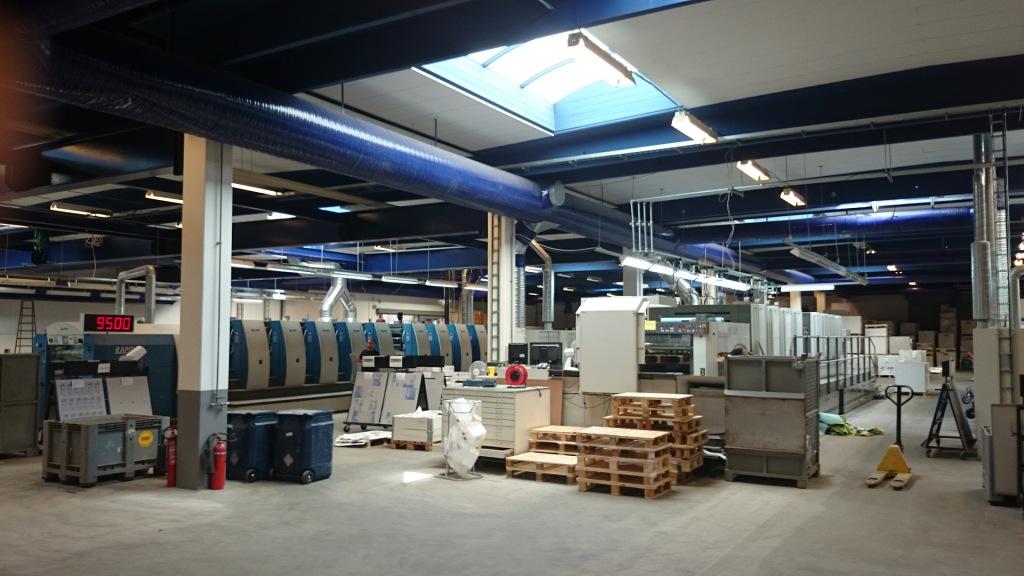The printing department
The only product a printer can sell is a good print. He can of course also sell service, consulting, delivery time and quality, but in relation to printing it all ends up with charging money for substrates with inks on. So the objective is, and has always been, to get as much printing as possible produced by the most efficient combination of printing presses and their appropriate operators.
Most modern offset presses (both web- and sheet-fed) are highly automated and could, in principle, be run by one operator. But the question is, if only one operator will get maximum production capacity out of the specific press, or if the capacity increases by adding a second or perhaps a third operator - and if the extra capacity can be sold with a profit, which exceeds the additional salary costs? We do not believe that modern presses can be automated much more in the future, but the other side of this coin is that the extreme productivity also requires a constant supervision from a single, highly skilled operator, which leaves no room for performing activities such as handling pallets, plates and consumables to and from the press without a negative impact on the press’ production capacity. One could say that the press is automated into being one-man operated, while the print production cell, as a consequence of the extreme press automation, requires extra manual labor to maintain the extreme cell productivity. The more sheets, plates and consumables the fast press consumes, the more external robotization can help to increase the productivity by automating the various, remaining manual handling activities in the print production cell. We are at present developing new robotic applications for automating the remaining manual activities around the press. We will release further information about our new robotic systems during the autumn 2014. |

|
|
|||
|
|
